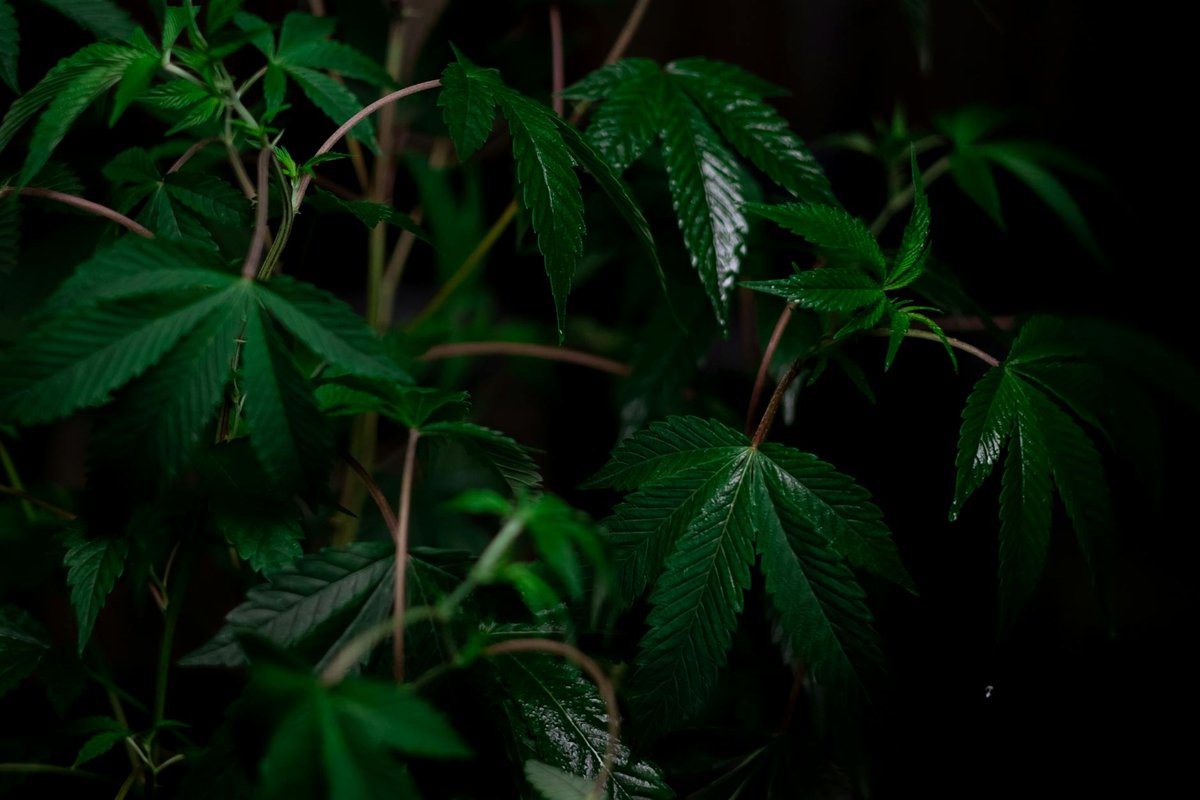Sativa vs Indica: Understanding the Basics
When it comes to cannabis, two primary types dominate the market: sativa and indica. Understanding the basics of these cannabis varieties is key to making informed choices. Let’s explore the origins and characteristics of both sativa and indica.
Origins and Characteristics of Sativa
Sativa cannabis strains are believed to have originated in equatorial regions, such as Southeast Asia, Central America, and Africa. These plants have developed unique characteristics to thrive in warm climates with long growing seasons.
Sativa plants are known for their tall stature, typically reaching heights of 8 to 12 feet (2.4 to 3.6 meters). They have long, narrow leaves with thin leaflets, allowing for better light penetration. The plants also have a relatively longer flowering period, ranging from 10 to 16 weeks.
In terms of the effects they provide, sativa strains are often associated with uplifting and energizing experiences. They are believed to stimulate creativity, boost focus, and induce a cerebral high. Some users find sativa strains helpful for daytime use, as they tend to promote alertness without causing sedation.
To learn more about the effects of sativa strains, refer to our article on sativa vs indica effects.
Origins and Characteristics of Indica
Indica cannabis strains are thought to have originated in the Hindu Kush mountain range, spanning parts of Afghanistan, Pakistan, and India. These plants have adapted to harsh mountainous environments with shorter growing seasons.
Indica plants are typically shorter and bushier compared to sativa plants, ranging in height from 2 to 4 feet (0.6 to 1.2 meters). They have broader leaves with thicker leaflets, which help to conserve moisture. Indica plants also have a shorter flowering period, usually lasting around 8 to 12 weeks.
The effects of indica strains are often described as relaxing and calming. They are known for their potential to promote relaxation, relieve stress, and induce a sedating body high. Many users find indica strains beneficial for nighttime use or when seeking relief from pain and anxiety.
For more information on the high produced by indica strains, you can refer to our article on sativa vs indica high.
Understanding the origins and characteristics of sativa and indica cannabis varieties can guide your selection based on the desired effects and experiences. It’s important to note that in the modern cannabis market, many strains are hybrids, combining both sativa and indica genetics. These hybrids offer a range of effects, allowing users to find the perfect balance for their preferences and needs.
To explore specific strains and their unique characteristics, refer to our article on sativa vs indica strains. Whether you’re seeking an energizing boost or a calming experience, the variety of cannabis strains available ensures there is something for everyone.
Contrasting Sativa and Indica
When it comes to cannabis, two primary types are widely recognized: sativa and indica. While they belong to the same plant species, Cannabis sativa L., they exhibit distinct characteristics that set them apart. In this section, we will explore the differences between sativa and indica in terms of their effects on mind and body, aromas and flavors, as well as growth patterns and appearance.
Effects on Mind and Body
Sativa and indica strains are known to have different effects on the mind and body. Sativa strains are generally associated with uplifting and energizing effects. They are often described as providing a cerebral and creative high, which can enhance focus, boost mood, and promote social interaction. Sativa strains are often favored for daytime use or activities that require mental stimulation.
On the other hand, indica strains are known for their relaxing and sedating effects on the body. They are commonly associated with a deep body high that can induce feelings of relaxation, calmness, and even sleepiness. Indica strains are often chosen for evening or nighttime use, or for individuals seeking relief from pain, insomnia, or anxiety.
It’s important to note that the effects of cannabis can vary depending on various factors, including the specific strain, cannabinoid profile, and individual tolerance. For more information on the effects of sativa and indica strains, check out our article on sativa vs indica effects.
Aromas and Flavors
Sativa and indica strains also differ in terms of their aromas and flavors. Sativa strains tend to have more uplifting and citrusy aromas, often described as being fruity, spicy, or herbal. Common terpenes found in sativa strains include limonene, pinene, and terpinolene, which contribute to their distinct aromas.
In contrast, indica strains often have more earthy, musky, and skunky aromas. These strains are known for their rich and complex flavors, which can range from sweet and fruity to pungent and spicy. Indica strains often contain terpenes such as myrcene, caryophyllene, and linalool, which contribute to their unique aromas and flavors.
Growth Patterns and Appearance
Sativa and indica plants also exhibit differences in their growth patterns and physical appearance. Sativa plants typically grow tall and thin, with long, narrow leaves. They have longer flowering periods, usually ranging from 10 to 16 weeks, and can reach impressive heights of up to 20 feet in outdoor environments. Sativa plants are known for their ability to thrive in warmer climates and are often associated with regions closer to the equator.
In contrast, indica plants are known for their shorter and bushier stature, with wider leaves. They have shorter flowering periods, usually ranging from 8 to 12 weeks, and are generally more suitable for indoor cultivation due to their compact size. Indica plants are often preferred for their ability to withstand cooler temperatures and provide higher yields in limited spaces.
Understanding the differences between sativa and indica strains can help individuals make informed choices based on their desired effects and preferences. Whether you’re seeking an energizing and creative high or a relaxing and sedating experience, exploring the wide range of sativa and indica strains available can help you find the one that suits your needs. For more information on specific sativa and indica strains, check out our article on sativa vs indica strains.













Got a Questions?
Find us on Socials or Contact us and we’ll get back to you as soon as possible.